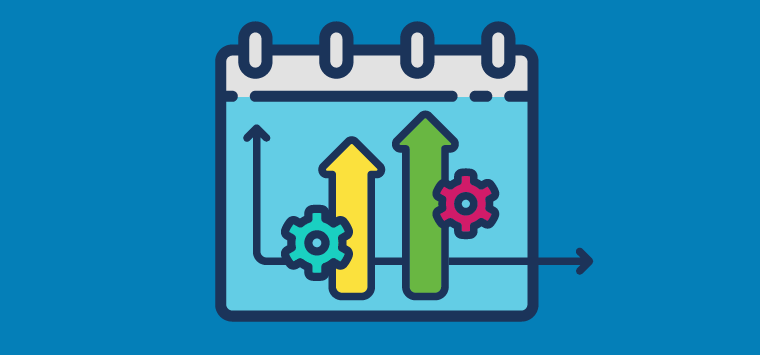Applying Data to Improve Business Performance
Creating and implementing a successful business strategy is an uphill battle that oftentimes requires a host of tasks, such as predicting market trends, understanding customer preferences, mastering employee retention and improving services.
Despite the complexity of driving business performance – that’s exactly what a data-driven approach offers. Data can assist cleaning and security professionals with proof of service, employee monitoring, hiring, payroll efficiency, job costing, scheduling and incident reporting.
Even though there’s a long list of reasons for a business to use data, it’s important to start by asking relevant questions to create benchmarks. Then it’s possible to access performance metrics and indicators specific to the needs of your organization to drive business forward.
The challenge of tackling too much data
Operating from inaccurate or inconsistent data fails to provide actionable next steps for strategic business planning. To make sure your company is capturing the right data, it’s important to establish a process. Understand which employees will be capturing the data and who will be reviewing that information at the managerial or executive level.
After finalizing and implementing your process, prepare to share the information with all departments and employees, who can move forward and trust one source of information.
To fully maximize the use of company data and performance metrics, avoid the common mistake of having too much information without clear goals on how to effectively utilize it. Ensure this problem isn’t an issue at your organization by asking these questions:
- What are some of the more common customer demands?
- When analyzing customer demands, are you considering all clients or “key accounts”?
- Are stakeholders (managers, field workers, board members and executives) regularly asking questions? If so, what are some takeaways from those conversations?
- If there’s information missing to make effective decisions, what kind of answers are you seeking (this can mean understanding large data trends or better understanding who is available to work an open shift, while still meeting compliance requirements)?
Answering these questions makes it easier to use reporting and data analysis. It turns raw information into useful knowledge that has value.
Extracting value from large data sets: finding value in the clutter
The problem with having too much data is similar to trying to find a signal in an environment full of noise. However, once you know what kind of data your company wants, it’s crucial to have good strategies to analyze and use that information effectively. Although there are a number of approaches, tiered reporting is a structured method with proven results.
With tiered reporting, it’s easier to access and retrieve specific data sets. It breaks down the process of identifying relevant information for analysis. It is also possible to use tiered reporting to create user-specific reports tailored to the needs of different individuals and departments, based on the tiers of information that matter to them.
Use tiered reporting to ensure that the right people are able to make informed decisions based on their unique roles and needs. Tiered reporting also supports an exception-based approach.
Businesses can establish key performance indicators (KPIs) to serve as benchmarks for your business performance – for each tier. Track KPIs against predefined metrics to enhance your performance monitoring and identify areas for improvement. This kind of reporting also allows users to compare regions to understand where best to focus their efforts.
Utilizing data and reporting resources
If you’re a professional who wants to learn more about how data-driven software can help your business thrive, keep learning ways to turn raw data into actionable business decisions.
In particular, companies in the commercial and residential cleaning and physical security markets are experiencing increased pressure in the form of more demand from clients, ever-changing market forecasts and potentially thinning profit margins. Take steps to learn about becoming a more data-driven organization to set your business up for success by accessing the following guide:
